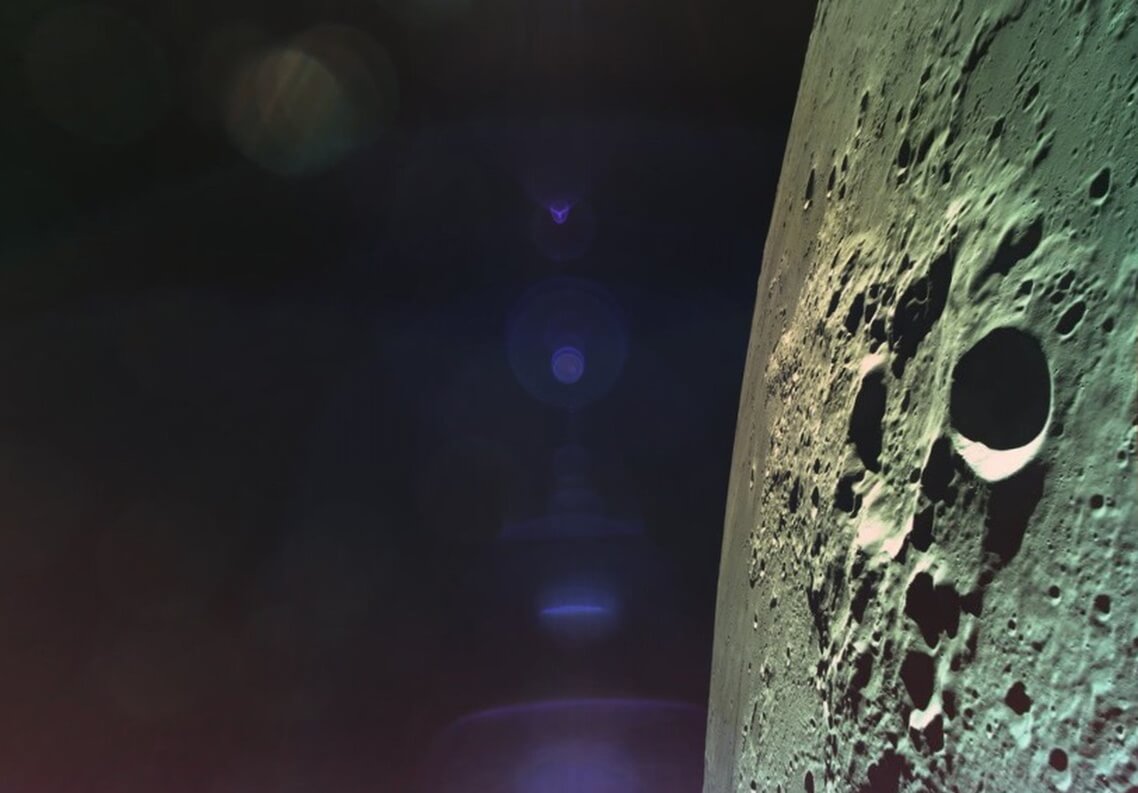The software of the Siemens Digital Industries Software company is currently used by the SpaceIL association in order to comply with space conditions

The SpaceIL association chose Xcelerator's portfolio of software and services Siemens Digital Industries Software As a basis for a digital engineering program for the Genesis 2 task.
In April 2019, SpaceIL launched Bereshit (in retrospect Bereshit 1), the first Israeli and private spacecraft in the world to reach orbit around the moon and circle it, but during the last seconds before the planned landing, the engine was turned off due to human error and the spacecraft crashed. SpaceIL is currently working on the "Bereshit 2" mission and the launch of the new spacecraft is planned for 2025.
The association's professional team has already started using the Simcenter 3D software, and through it it will be possible to perform analyzes regarding the thermal aspects of the spacecraft in space conditions. These days, various tests are being conducted in order to obtain findings on the basis of which it will be possible to optimize the design of the spacecraft so that it will meet the extreme conditions of space. Simcenter Amesim software will enable SpaceIL to simulate a multidisciplinary physical system and predict its performance. The Capital software will enable the planning of the components needed for landing, and the Polarion REQUIREMENTS software will be used to manage the program requirements.
The "Genesis 2" mission is planned to break several records in world space history, among them: a double landing on the moon in one mission; landing on the far side of the moon (to date only China has managed to land there); In addition, the mother spacecraft is designed for a long-term mission of several years and will be a platform for scientific educational activity in Israel and around the world, through a remote connection, which will allow students from different countries to participate in scientific research in deep space.
According to Boaz Bodnik, director of Siemens Software's business operations in Israel: "We are excited to help the SpaceIL association with its new mission to the moon. In this industry, you only get one chance to get it right the first time. Through our Digital Twin technology, Siemens Xcelerator will enable SpaceIL to achieve its ambitious goal," he added: "The collaboration will not only help SpaceIL achieve its goal of being the first organization to land on both sides of the moon, but it will help secure Israel's position As the fourth country to try to land on the moon. Proud to be a part of it."
According to Shimon Sharid, CEO of SpaceIL: "We are excited to use the advanced capabilities of Siemens and work together with the basket of tools that will help us succeed in the Genesis 2 mission."
More of the topic in Hayadan:
